Lincolnshire's links to the past
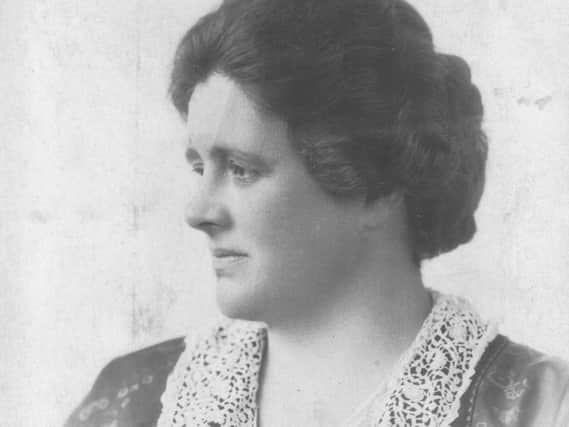

Visitors to the Royal Collection in London and The Collection in Lincoln will have seen some stunning portraits of the Royal Family and other famous faces, but did you know that some of them were painted by an artist from Horncastle?
Annie Dixon was a self-taught artist born in 1817, and became a favourite of Queen Victoria. In 1859, she was commissioned by the Queen to paint a miniature of Princess Beatrice shortly before her second birthday, and many other examples of her paintings of Queen Victoria’s children are still in the Royal Collection. She even painted the future Kaiser William II.
Advertisement
Advertisement
Another, more infamous historical figure from Horncastle is hangman William Marwood, who had been a simple cobbler but developed the 'longdrop' hanging method of execution, which would humanely break the victim’s neck instantly as opposed to the slower, traditional method.
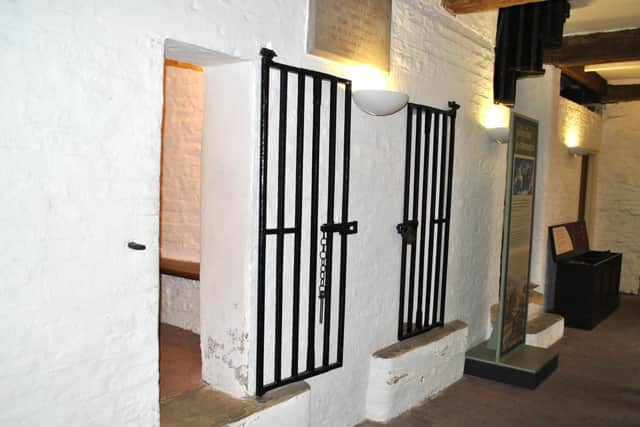

He is said to have perfected his technique in a warehouse that once stood by the River Waring in Horncastle, where the library stands now.
He pleaded with magistrates in Lincoln to be allowed to try it on people, and it became so ‘successful’ that he was chosen to become the Government’s Crown Executioner, executing 178 people throughout his career.
Horncastle History & Heritage Society have erected blue plaques for Dixon and Harwood, on her house on East Street and his former cobblers shop in Church Lane respectively.
Advertisement
Advertisement
Did you know that one of Sir Elton John’s most popular songs was written about a pub in Market Rasen?
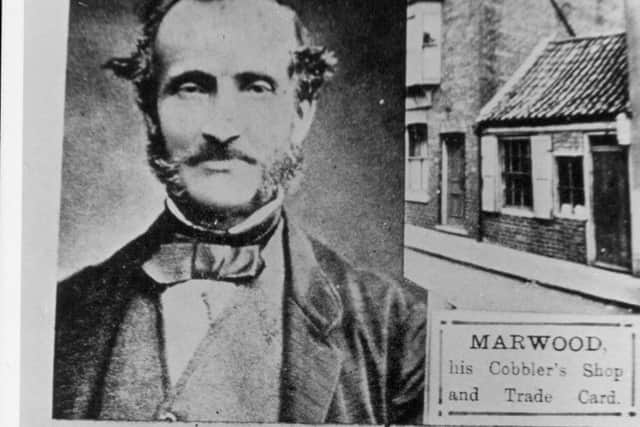

Saturday Night’s Alright for Fighting was written in 1973 by the legendary singer and his long term writing partner Bernie Taupin, who was born near Sleaford but moved to the Market Rasen area as a child.
The song was inspired by Taupin’s raucous nights out in Market Rasen as a youngster, specifically the Aston Arms in Rasen town centre.
Taupin married his first wife, Maxine Frebelman, with Elton John as his best man, at Rasen’s Holy Rood RC Church on April 27, 1971, where he had also been an altar boy.Aside from staying at Sleaford Castle twice, it’s not thought that Henry VIII had many links to Sleaford.
Advertisement
Advertisement
But one of the Tudor tyrant’s most influential advisors, his chief butler, the 1st Baron John Hussey, was himself from Sleaford and he travelled to France to take part in the famous Field of the Cloth of Gold meeting between Henry VIII and Francis I, King of France in 1520.
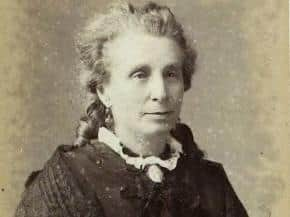

He also was chamberlain to Henry’s eldest daughter, Mary I and was a supporter of his first wife, Katherine of Aragon.
A new book by Dr Wendy Atkin, “Old Place, New Perspectives”, has also revealed that Lord Hussey celebrated Christmas at Old Place, located on Boston Road in Sleaford, with dozens of guests.
The sumptuous banquets featured a boars’ head, whole oxen, swans and cranes, and performances by nine troupes of travelling players and a harpist brought in from Newark.
Advertisement
Advertisement
Lord Hussey was ultimately beheaded in 1537 after he was implicated in the Lincolnshire Uprising, which began in northern England in 1536 in response to the king’s dissolution of the monasteries and breaking from the Catholic Church.
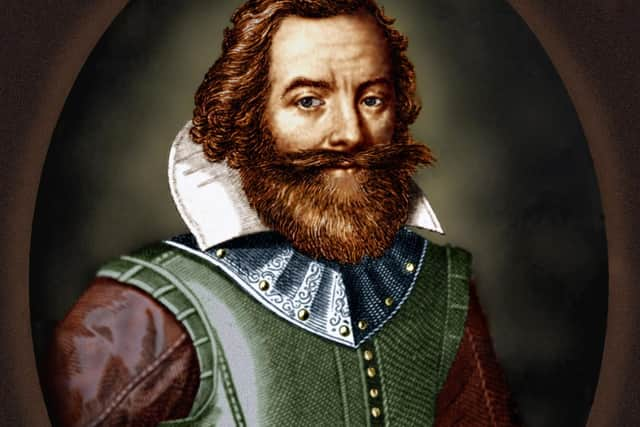

As well as producing movers and shakers at court, Lincolnshire has also produced the first British-born female MP.
Margaret Wintringham, MP for Louth Borough between 1921 and 1924, was born in West Yorkshire but moved to Louth when her husband, Thomas, was elected Louth MP, and she was a headmistress in Grimsby.
During the First World War, she served in the Voluntary Air Detachment and chaired the Women's War Agricultural Committee.
Advertisement
Advertisement
Margaret was selected to replace Thomas as MP for Louth when he died in 1921, and was only the second woman MP to take her seat.
According to the Women’s Local Government Society’s Suffrage Pioneers project, Margaret was dubbed ‘Our Institute MP’ and supported by the National Federation of Women's Institutes (NFWI).
Margaret was elected to the NFWI executive committee and was instrumental in passing a law which allowed female police officers to be retained, after the Government wanted to disband them following their recruitment during World War 1.
She was passionate about women’s rights, and campaigned for the voting age for women to be reduced from 30 to 21, for women to be allowed to sit in the House of Lords, for the state’s education scholarships to be available for girls and equal pay.
Advertisement
Advertisement
Her main legislative success was helping to ensure the passage of the Criminal Law Amendment Bill, which improved legal protection for young girls.
On the subject of entertainers, Butlin’s is popularly known as helping launch the careers of some of the UK’s most popular entertainers.
In a 1964 Entertainment Programme, there is an article about a certain Ringo Starr, who performed at Butlin’s for three seasons as a drummer with Rory Storm and the Hurricanes before finding fame with The Beatles.
Iconic singer Dusty Springfield also performed at the Skegness resort before she became famous.
Advertisement
Advertisement
Numerous comedic stars such as Bruce Forsyth, Frankie Howard and Benny Hill performed at Butlin’s during the beginning of their careers and in 1947 Laurel & Hardy, appeared at Butlin’s Skegness.
Staying in the Skegness region, many will be familiar with the name John Smith, the leader of a group of English settlers who founded the Jamestown settlement in the US state of Virginia in the early 1600s.
His romance with Chief Powhatan's daughter, Pocahontas, was dramatized in the popular 90s Disney movie of the same name, where he was voiced by Mel Gibson.
But what may not be so well known is that Smith was born in Willoughby, near Alford, and attended King Edward VI Grammar School in Louth. He left home aged 16 and travelled throughout Europe and Africa as a sailor and soldier before he became involved with plans by the Virginia Company to colonize Virginia for profit.
Advertisement
Advertisement
According to Jamestowne Rediscovery , Smith sailed to Virginia on December 20, 1606, and during the four-month voyage was charged with mutiny. After he was released when the voyage landed in the US, Smith was captured by the Chief’s men along the Chickahominy River region, but historians have cast doubt on whether his life was really saved by Pocahontas, as is depicted in the Disney film.
On September 10, 1608, Smith became president of the council for the colony, but returned to England in October 1609 after he was injured in a suspicious gunpowder explosion.
He died in 1633 in London.
Boston also has links to the new world, as many will be aware that some of the founders of the new world were originally from Lincolnshire.
In 1607 a group of non-conformists from Nottinghamshire, Yorkshire and Lincolnshire decided to pursue religious freedom in the Netherlands and made their first attempt to escape to Holland via Boston, travelling secretly to Scotia Creek at Fishtoft, where they chartered a ship.
Advertisement
Advertisement
Unfortunately, the captain betrayed them and the group were held and tried at Boston's Guildhall and after a month’s imprisonment, the ringleaders were sent to Lincoln for trial.
The following year, they boarded a ship at Immingham and escaped to Holland where they lived until 1620, when they decided to leave for a new life in America, finally reaching their destination in November 1620.
Then on April 8, 1630, prominent members of Reverend John Cotton's congregation of St Botolph’s Church, Boston set sail for New England to establish the Massachusetts Bay Colony under their chosen leader John Winthrop, and he would name the colony ‘Boston’.
Many of those men became the first governors of Massachusetts and Anne Bradstreet, who travelled with the group with her husband and their 11 children, was the first female poet to be published in both England and the New World.
Advertisement
Advertisement
A stained glass window in her honour can be seen in St Botolph's church to this day.
Other famous Boston sons and daughters include Boston MP Herbert Ingram, who created the Illustrated London News; Catherine Mumford, who co-founded the Salvation Army, and
* With thanks to Louth Museum, Women’s Local Government Society, Dr Wendy Atkin, Boston Preservation Trust, Horncastle History & Heritage Society, Jamestowne Rediscovery and History of Advertising Trust.